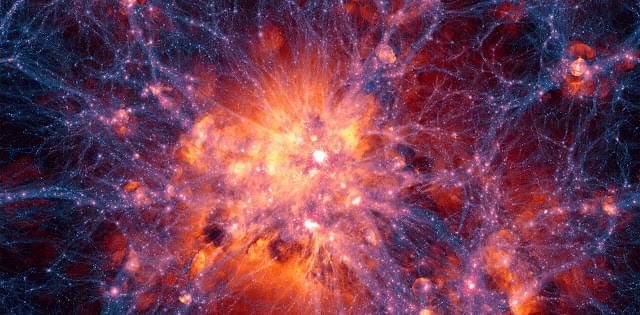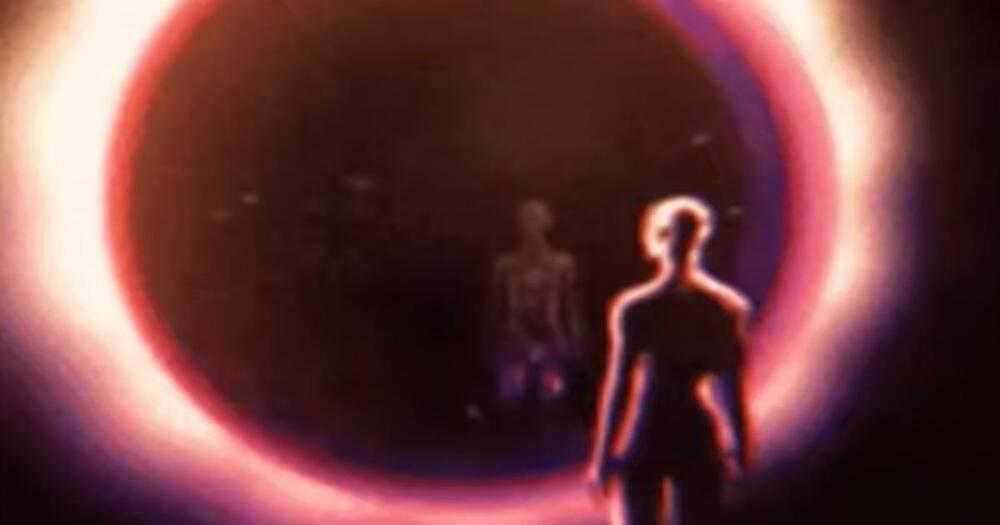Check out all the on-demand sessions from the Intelligent Security Summit here.
The coming of artificial general intelligence (AGI) — the ability of an artificial intelligence to understand or learn any intellectual task that a human can — is inevitable. Despite the predictions of many experts that AGI might never be achieved or will take hundreds of years to emerge, I believe it will be here within the next decade.
How can I be so certain? We already have the know-how to produce massive programs with the capacity for processing and analyzing reams of data faster and more accurately than a human ever could. And in truth, massive programs may not be necessary anyway. Given the structure of the neocortex (the part of the human brain we use to think) and the amount of DNA needed to define it, we may be able to create a complete AGI in a program as small as 7.5 megabytes.









